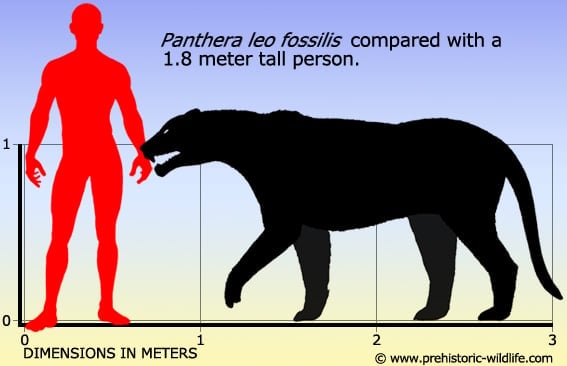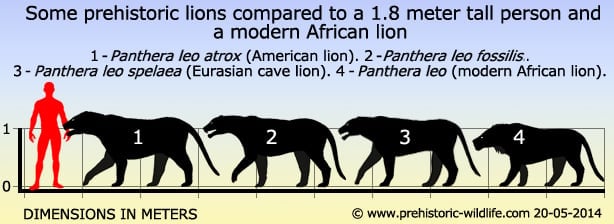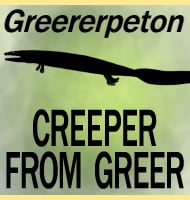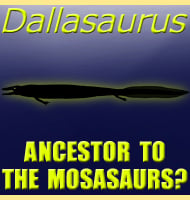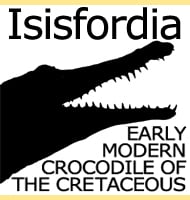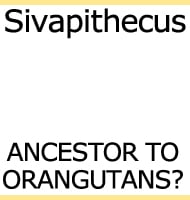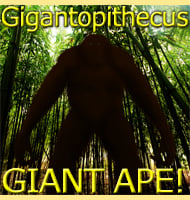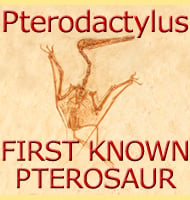In Depth
Further Reading
– Two forms of cave lion: Middle Pleistocene Panthera spelaea fossilis Reichenau, 1906 and Upper Pleistocene Panthera spelaea spelaea Goldfuss, 1810 from the B�snik Cave, Poland – Adrian Marciszak & Krzysztof Stefaniak – 2010. – The hunted hunter: the capture of a lion (Panthera leo fossilis) at the Gran Dolina site, Sierra de Atapuerca, Spain – Journal of Archaeological Science Volume 37, Issue 8 – Ruth Blasco, Jordi Rosella, Juan Luis ArsuagaJos� M. Berm�dez de Castrod, Eudald Carbonell – 2010. – The first Asian record of Panthera (Leo) fossilis (von Reichenau, 1906) (Mammalia, Carnivora, Felidae) in the Early Pleistocene of Western Siberia, Russia. – Marina V. Sotnikova & Irina V. Foronova – 2013. – First Asian record of Panthera (Leo) fossilis (Mammalia, Carnivora, Felidae) in the Early Pleistocene of Western Siberia, Russia. – Integrative Zoology. 9 (4): 517–530. – M. V. Sotnikova & I. V. Foronova – 2014. – Panthera fossilis (Reichenau, 1906) (Felidae, Carnivora) from Za H�jovnou Cave (Moravia, The Czech Republic): A Fossil Record from 1987-2007. – Acta Musei Nationalis Pragae, Series B, Historia Naturalis. 70 (1–2): 59–70. – M. Sabol – 2014. – Early Pleistocene origin and extensive intra-species diversity of the extinct cave lion. – Scientific Reports. 10: 12621. – David W. G. Stanton, Federica Alberti, Valery Plotnikov, Semyon Androsov, Semyon Grigoriev, Sergey Fedorov, Pavel Kosintsev, Doris Nagel, Sergey Vartanyan, Ian Barnes, Ross Barnett, Erik Ersmark, Doris D�ppes, Mietje Germonpr�, Michael Hofreiter, Wilfried Rosendahl, Pontus Skoglund & Love Dal�n – 2020. – The evolutionary history of extinct and living lions. – PNAS. 117 (20): 10927–10934. – Marc de Manuel, Ross Barnett, Marcela Sandoval-Velasco, Nobuyuki Yamaguchi, Filipe Garrett Vieira, M. Lisandra Zepeda Mendoza, Shiping Liu, Michael D. Martin, Mikkel-Holger S. Sinding, Sarah S. T. Mak, Christian Car�e, Shanlin Liu, Chunxue Guo, Jiao Zheng, Grant Zazula, Gennady Baryshnikov, Eduardo Eizirik, Klaus-Peter Koepfli, Warren E. Johnson, Agostinho Antunes, Thomas Sicheritz-Ponten, Shyam Gopalakrishnan, Greger Larson, Huanming Yang, Stephen J. O’Brien, Anders J. Hansen, Guojie Zhang, Tomas Marques-Bonet & M. Thomas P. Gilbert – 2020.
